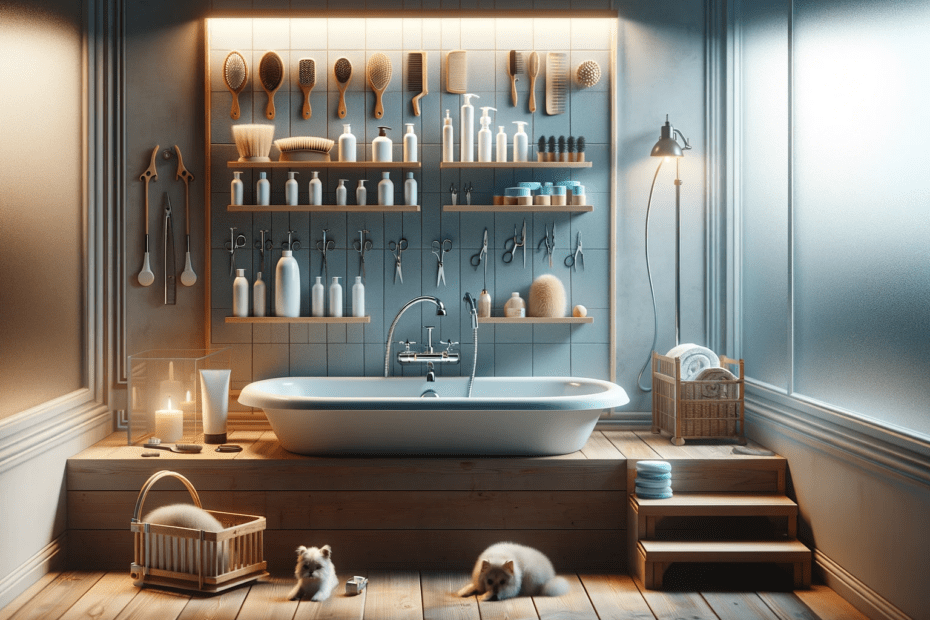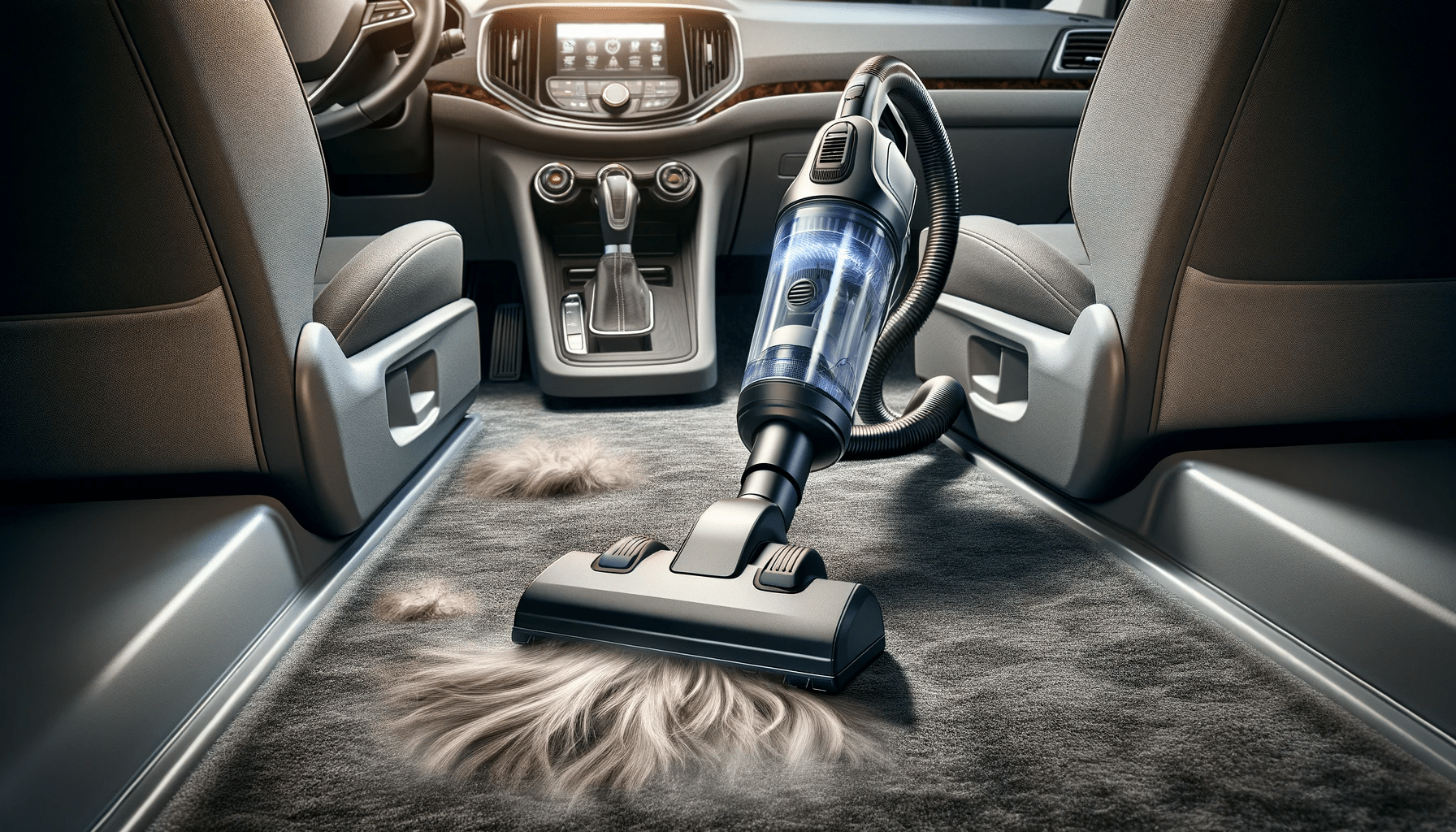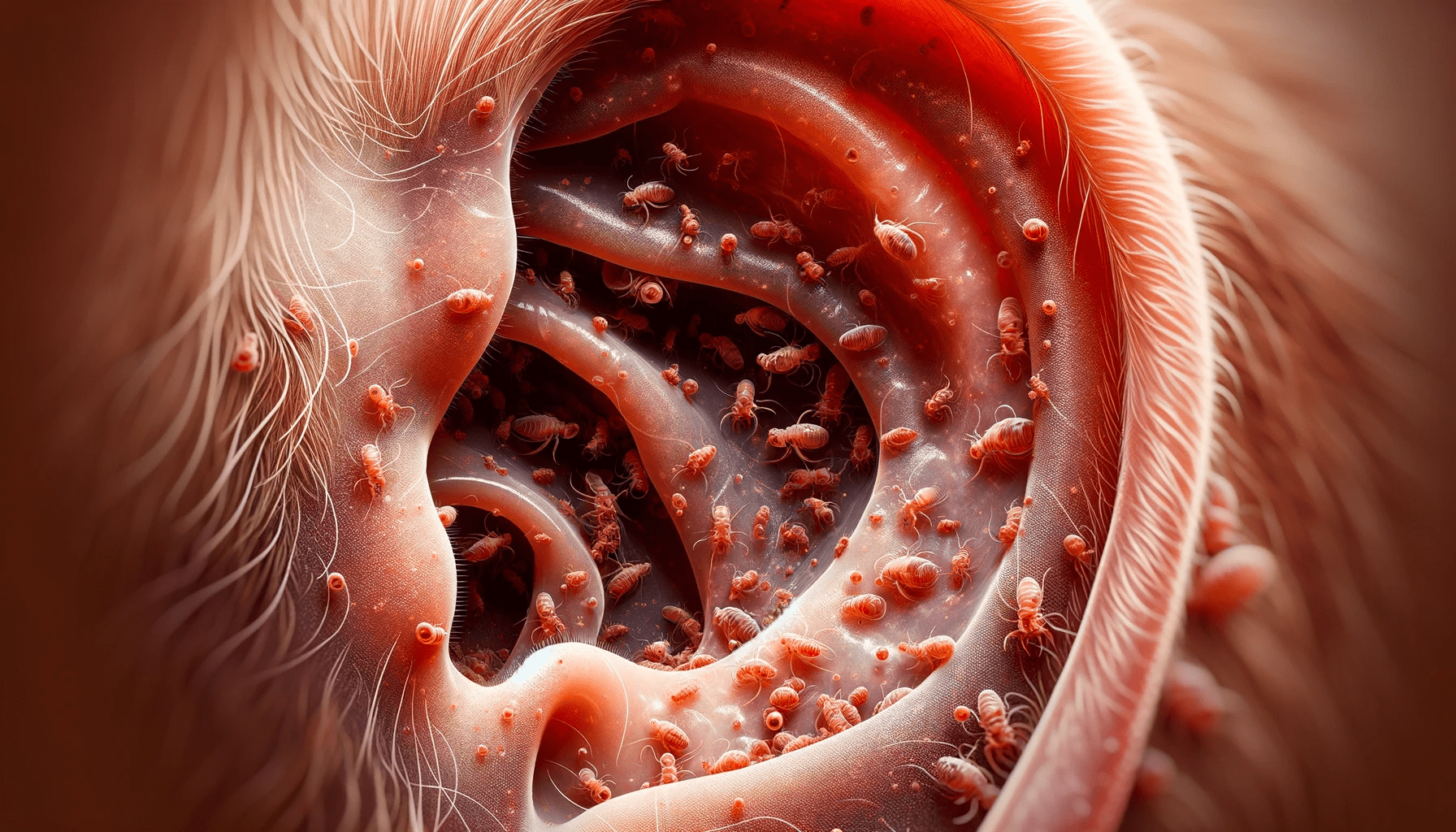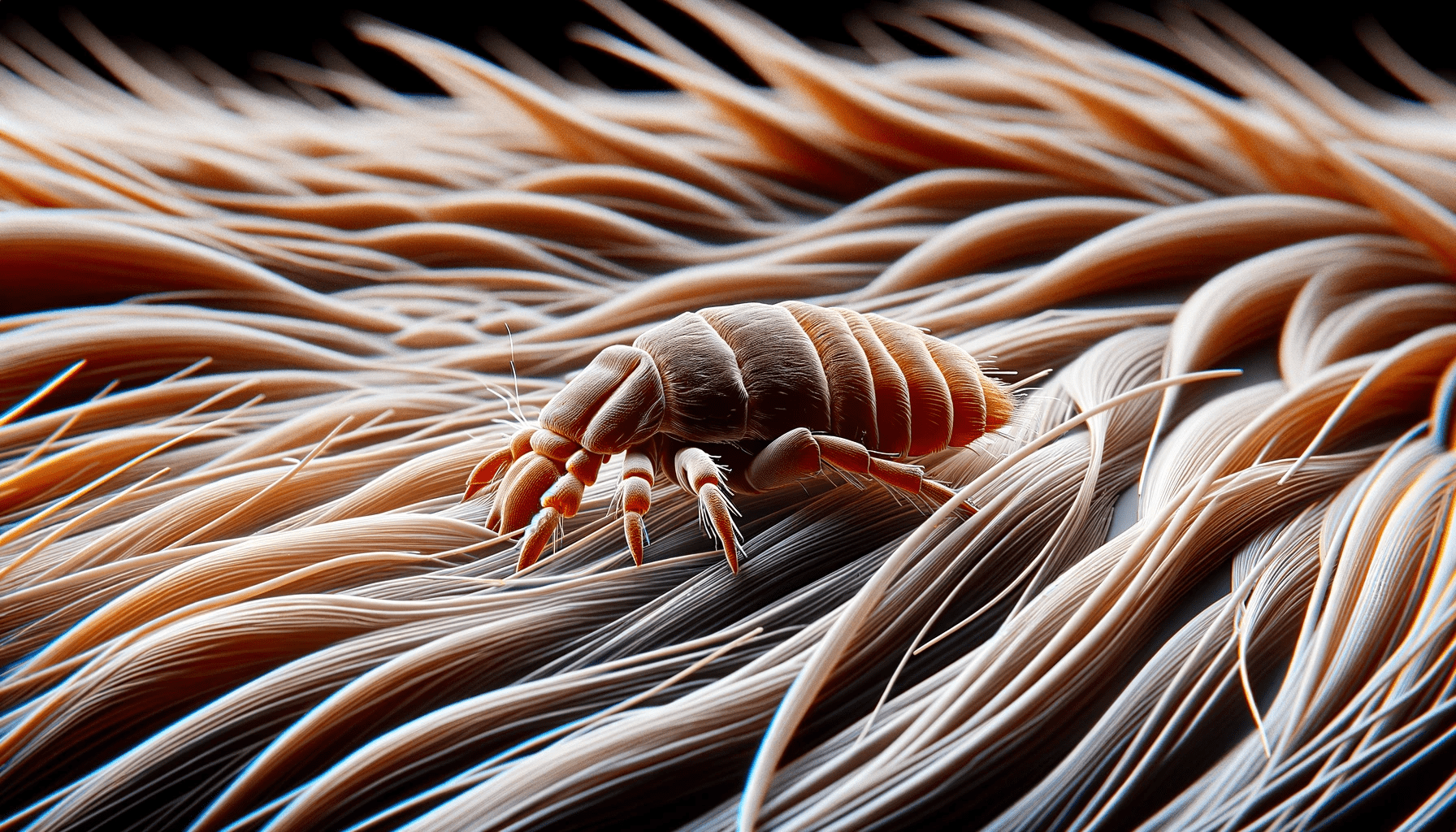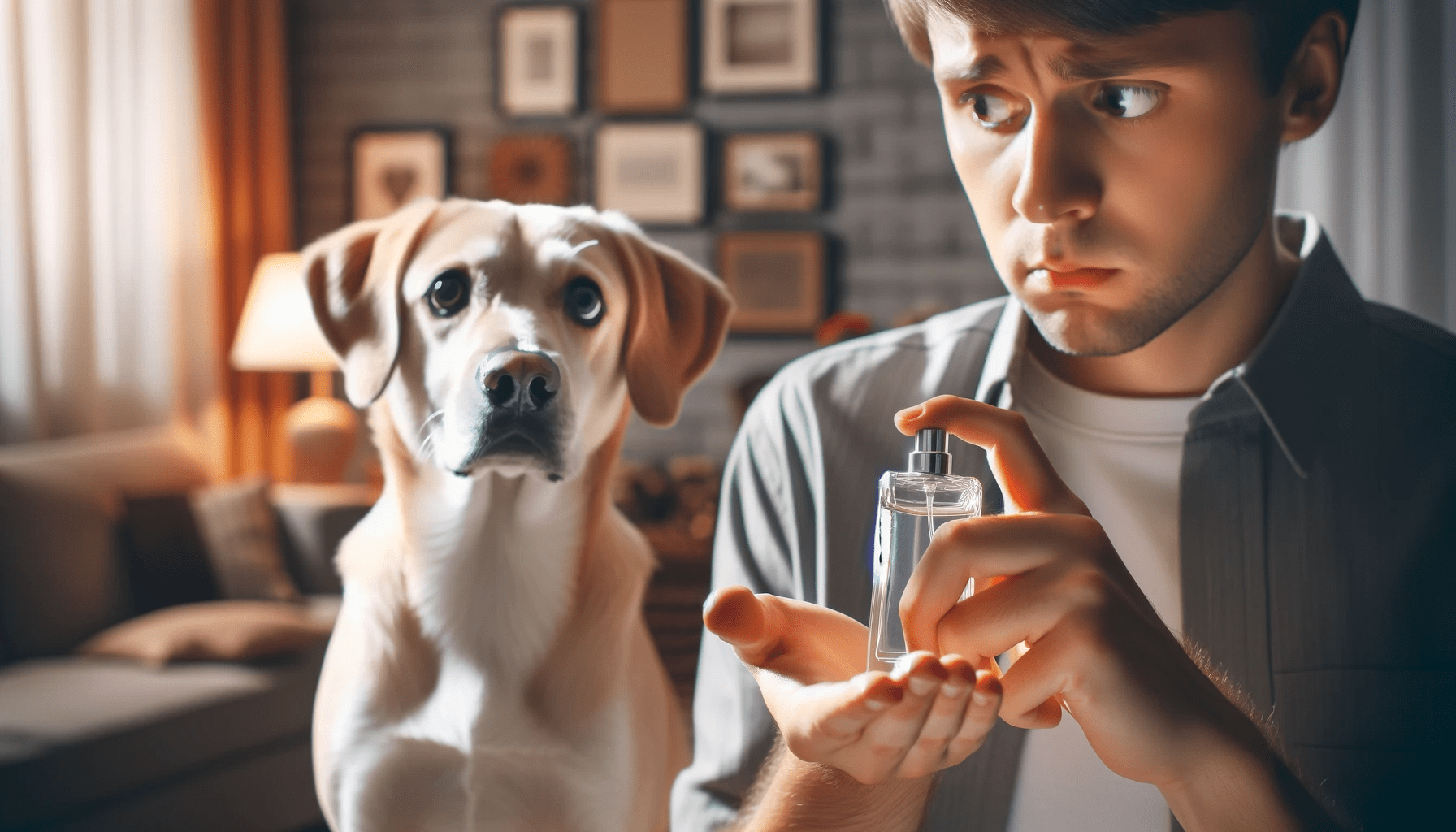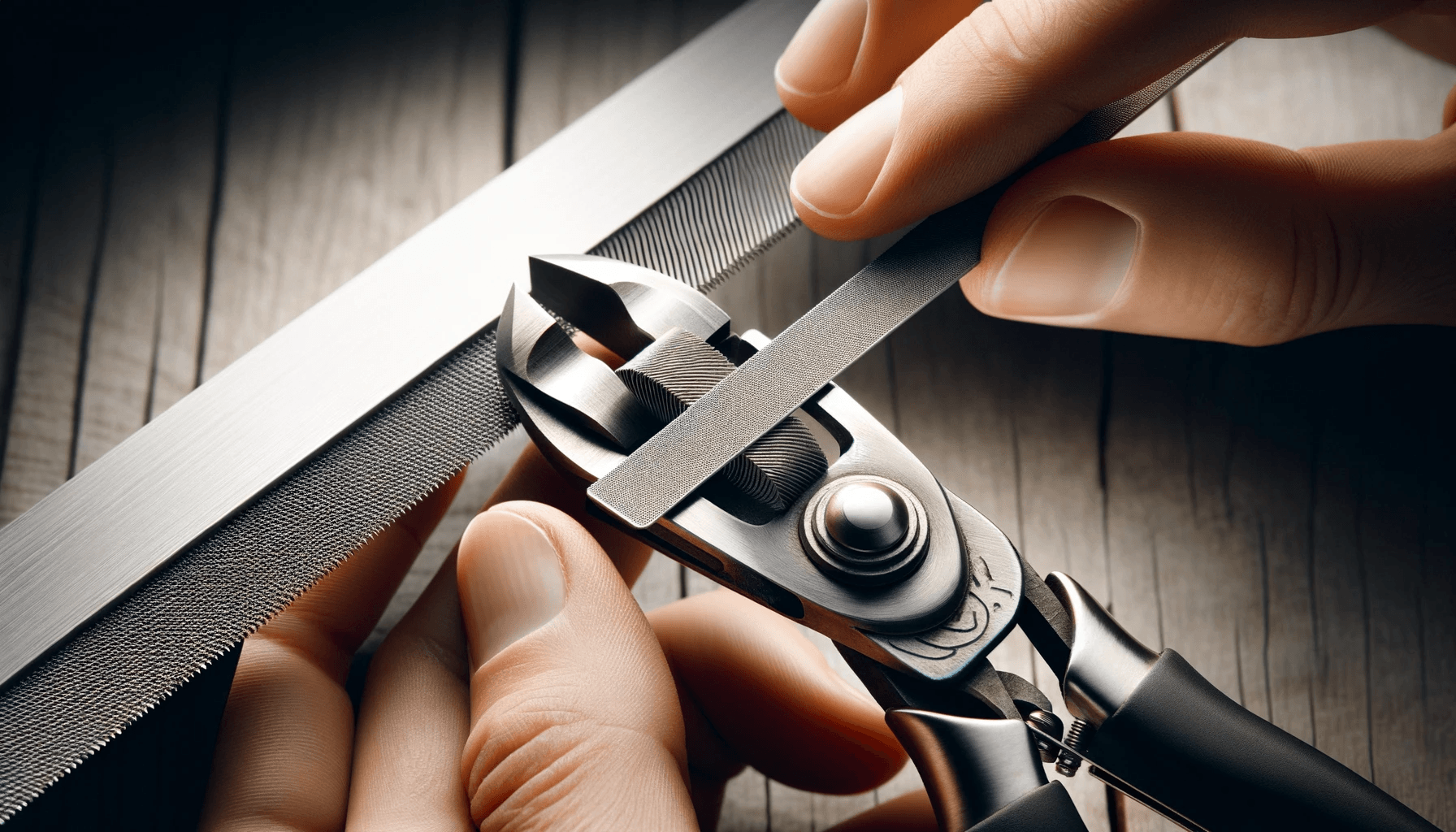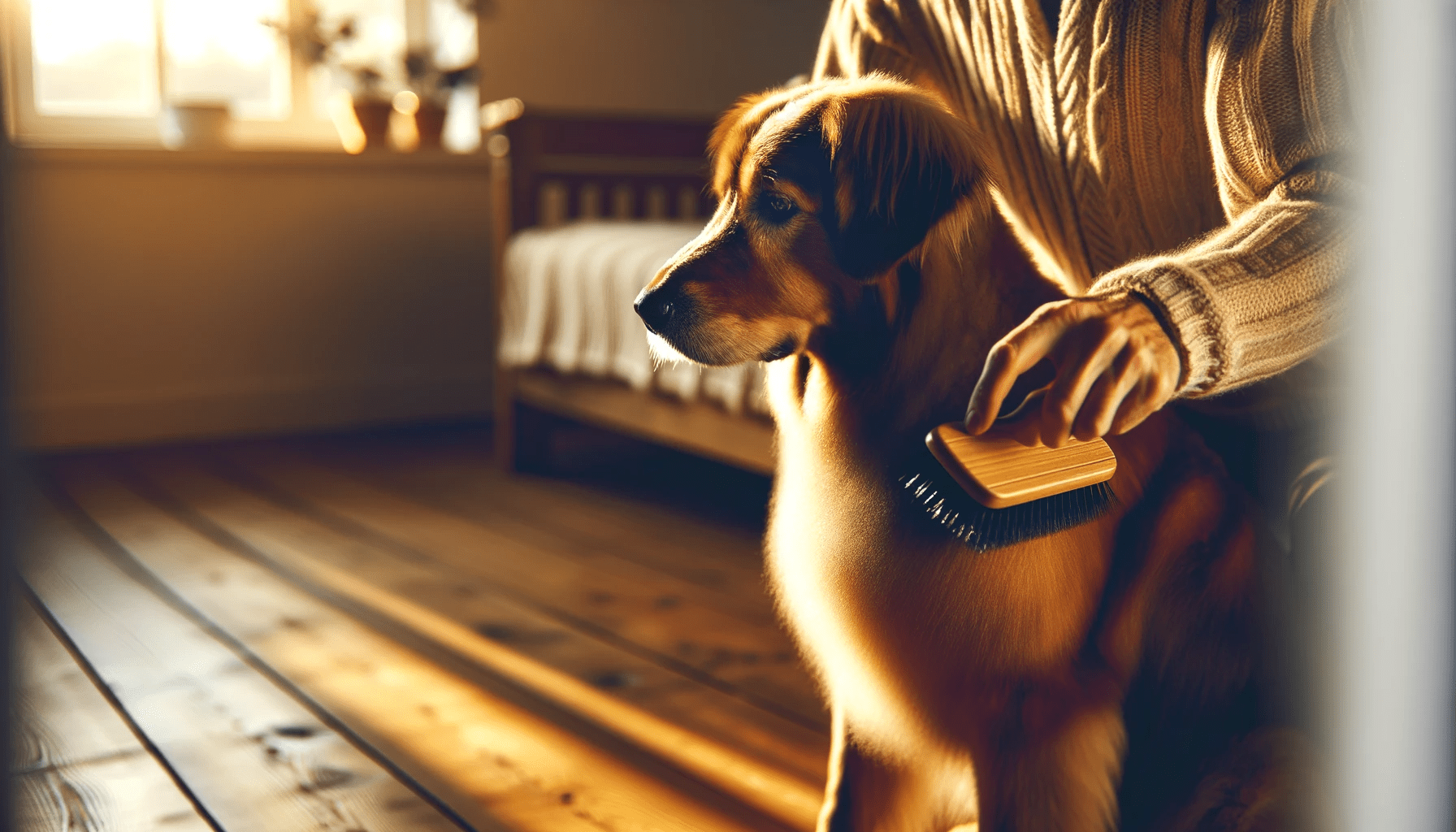Are you ready to tackle grooming your dog at home?
In this article, we'll walk you through the essential steps for keeping your furry friend looking and feeling their best.
From gathering the necessary supplies to bathing and styling their fur, you'll learn everything you need to know to give your dog a professional-quality grooming session right in the comfort of your own home.
So grab your brushes and let's get started!
Key Takeaways
- Gathering the necessary grooming supplies such as a brush, nail clippers, shampoo, towels, and ear cleaning solution.
- Brushing and combing your dog's fur in the direction of hair growth, paying attention to areas prone to matting, and using a wide-toothed comb or dematting tool for tangles or mats.
- Trimming your dog's nails gradually and being cautious of the quick, while rewarding your dog with treats and praise throughout the process.
- Cleaning your dog's ears with a veterinarian-recommended ear cleaning solution, gently lifting the ear flap, massaging the base of the ear, and using a clean cotton ball or gauze pad to wipe away the solution and debris.
Gathering the Necessary Grooming Supplies
To gather the necessary grooming supplies for grooming your dog at home, you'll need:
- A brush: This is essential for keeping your dog's coat clean and free of tangles. Regular brushing not only removes dirt and loose hair, but it also stimulates the skin and promotes a healthy coat. Choose a brush that's suitable for your dog's breed and coat type.
- Nail clippers: These are necessary to trim your dog's nails. Overgrown nails can cause discomfort and even injury, so it's important to keep them at a proper length. Make sure to use clippers specifically designed for dogs to avoid causing any pain or injury.
- Shampoo: This is another crucial grooming supply. Dogs can get dirty and develop odors, so regular baths are necessary to keep them clean and fresh. Look for a mild, dog-specific shampoo that won't irritate their skin.
- Towels: These are handy for drying your dog after a bath or if they get wet on a rainy day. Absorbent and soft towels are best, as they'll help remove moisture and keep your dog warm and comfortable.
- Ear cleaning solution: This is important for maintaining your dog's ear hygiene. Dogs are prone to ear infections, so regular cleaning is essential. Choose a gentle solution that's specifically made for dogs to avoid any irritation.
Brushing and Combing Your Dog's Fur
Brush and comb your dog's fur regularly to keep it clean, tangle-free, and healthy. Proper brushing techniques are essential for maintaining your dog's fur health. Regular brushing not only removes dirt and debris, but it also helps distribute natural oils, keeping the fur shiny and healthy.
When it comes to brushing, choose a brush that's suitable for your dog's coat type. For short-haired dogs, a bristle brush or a grooming mitt can be effective. For long-haired dogs, a slicker brush or a combination brush with both bristles and pins is recommended.
Start brushing by gently working through your dog's fur in the direction of the hair growth. Take your time and be gentle, especially if your dog has a sensitive skin. Pay special attention to areas prone to matting, such as behind the ears, under the legs, and around the tail.
If you encounter any tangles or mats, use a wide-toothed comb or a dematting tool to carefully remove them. Be cautious not to pull or tug too hard, as it can cause discomfort or pain for your furry friend.
Remember to brush your dog's fur in a quiet and calm environment to minimize stress. Regular brushing and combing sessions not only keep your dog's fur looking great, but they also provide an opportunity for bonding and a chance to check for any skin issues or parasites. So, grab your brush and give your dog's fur the care it deserves.
Trimming Your Dog's Nails
When it comes to grooming your dog at home, it's important to know how to properly trim their nails.
Keeping your dog's nails at the appropriate length is crucial for their comfort and safety.
To trim your dog's nails, you'll need a pair of dog nail clippers or a grinder specifically designed for dogs.
Nail Length and Safety
By carefully trimming your dog's nails, you can ensure their safety and maintain the appropriate nail length.
Here are some key points to consider when trimming your dog's nails:
- Use the right tools: Invest in a good quality pair of dog nail clippers or a nail grinder specifically designed for dogs.
- Be cautious of the quick: The quick is a pink area within the nail that contains blood vessels and nerves. Avoid cutting into it, as it can cause bleeding and pain.
- Take it slow: Gradually trim small amounts of the nail to avoid cutting too much at once. This reduces the risk of hitting the quick.
- Reward your dog: Make the experience positive by offering treats and praise throughout the process to keep your dog calm and cooperative.
Tools for Nail Trimming
To properly trim your dog's nails, you'll need the right tools for the job. Nail trimming techniques can vary depending on the size and breed of your dog, but having the correct tools will ensure a safe and efficient process.
The most common tool for nail trimming is a pair of nail clippers specifically designed for dogs. These clippers come in different sizes and styles, so you can choose the one that suits your dog's nails best.
Another alternative tool for nail trimming is a nail grinder. This tool uses a spinning abrasive tip to gradually grind down the nail, making it a great option for dogs with thick or dark nails.
Whichever tool you choose, make sure to familiarize yourself with proper nail trimming techniques to avoid any accidents or discomfort for your furry friend.
Cleaning Your Dog's Ears
Now let's move on to cleaning your dog's ears.
Proper ear cleaning is important for preventing ear infections and keeping your dog's ears healthy.
In order to effectively clean your dog's ears, you'll need to learn the proper techniques.
Preventing Ear Infections
To prevent ear infections in your dog, start by gently cleaning their ears on a regular basis. Here are some steps you can follow to keep your dog's ears clean and healthy:
- Use a veterinarian-recommended ear cleaning solution to remove excess wax and debris from the ear canal.
- Gently lift your dog's ear flap and apply a few drops of the cleaning solution into the ear canal.
- Massage the base of the ear for about 30 seconds to help loosen any dirt or wax.
- Use a clean cotton ball or gauze pad to wipe away the solution and any debris from the ear.
By regularly cleaning your dog's ears, you can help prevent the buildup of bacteria and yeast that can lead to ear infections.
Be sure to look out for signs of an ear infection, such as excessive scratching, redness, swelling, or a foul odor. If you notice any of these symptoms, it's important to consult with your veterinarian for proper diagnosis and treatment.
Proper Ear Cleaning Techniques
When cleaning your dog's ears, it's important to use proper techniques to ensure their health and wellbeing.
Start by choosing a gentle ear cleaning solution specifically made for dogs. Avoid using alcohol or hydrogen peroxide as they can cause irritation.
Gently lift your dog's ear flap and apply a few drops of the cleaning solution into the ear canal. Massage the base of the ear for about 30 seconds to loosen any dirt or debris.
Next, use a clean cotton ball or gauze pad to gently wipe the inside of the ear, being careful not to push the dirt further into the ear canal.
Finally, it's crucial to properly dry your dog's ears to prevent moisture buildup. Use a clean, dry cotton ball to gently dry the ear canal and remove any excess solution.
Bathing Your Dog
To ensure your dog's cleanliness and hygiene, start by bathing them regularly using a gentle shampoo. Here are some tips to help you effectively bathe your furry friend:
- Prepare the bathing area: Choose a suitable location, such as a bathroom or a utility sink, and gather all the necessary supplies, including towels, a non-slip mat, and a brush.
- Brush your dog's fur: Before getting them wet, brush your dog's fur to remove any tangles or mats. This will make the bathing process easier and prevent further matting.
- Use lukewarm water: Fill the tub or sink with lukewarm water, ensuring that it's not too hot or too cold. Wet your dog's body thoroughly, starting from the neck and working your way down.
- Apply dog-friendly shampoo: Use a shampoo specifically formulated for dogs, as human shampoos can be too harsh for their skin. Gently massage the shampoo into their coat, avoiding their eyes and ears.
- Rinse and dry: Rinse your dog thoroughly to remove all the shampoo. Towel dry them, and if necessary, use a hairdryer on a low setting to dry their fur completely.
Drying and Styling Your Dog's Fur
After bathing your dog, it's time to dry and style their fur to give them a polished and tidy appearance. Proper drying techniques are essential to prevent your dog's coat from becoming damp and prone to matting.
Start by gently patting your dog's fur with a clean towel to remove excess water. Avoid vigorous rubbing, as it can cause tangles and frizz. If your dog has a long coat, you may consider using a hairdryer on a low heat setting. Keep the dryer at a safe distance from your dog and continuously move it to prevent overheating. Be sure to use a brush or comb while blow-drying to maintain the fur's natural texture and prevent it from becoming flat.
When it comes to fur styling tips, it's important to choose the right tools for your dog's coat type. For example, slicker brushes work well for removing tangles and loose hair from long-haired breeds, while bristle brushes are suitable for short-haired dogs. Regular brushing helps distribute natural oils and keeps the fur healthy and shiny.
If your dog has a specific hairstyle, such as a topknot or a pom-pom tail, use hair accessories like clips or bands to secure and style the fur. Remember to always use pet-friendly products and consult a professional groomer if you're unsure about any specific styling techniques for your dog's breed.
With these drying techniques and fur styling tips, your dog will look their best and feel comfortable in their well-groomed coat.
Frequently Asked Questions
How Often Should I Groom My Dog at Home?
You should groom your dog at home based on their specific needs and breed. Regular grooming includes bathing, brushing, and nail trimming. Essential grooming tools for dogs include a brush, shampoo, nail clippers, and a comb.
What Should I Do if My Dog Becomes Anxious or Aggressive During Grooming?
If your dog becomes anxious or aggressive during grooming, it's important to remain calm and use techniques to help them relax. Take breaks, use positive reinforcement, and consider seeking professional help if needed.
Can I Use Human Grooming Products on My Dog?
Using human grooming products on your dog may pose potential risks such as skin irritation or toxicity. It's best to stick to products specifically formulated for dogs to ensure their safety and well-being.
Are There Any Specific Breeds That Require Different Grooming Techniques?
Different dog breeds have different grooming requirements. Some breeds with long and curly hair may need special techniques. Tips for grooming them include regular brushing, using appropriate grooming tools, and seeking professional help if needed.
How Can I Prevent Matting and Tangles in My Dog's Fur Between Grooming Sessions?
To prevent matting and tangles in your dog's fur between grooming sessions, it's important to maintain a healthy coat. Regular brushing, using a detangling spray, and keeping your dog's fur clean can help prevent these issues.
Conclusion
In conclusion, grooming your dog at home can be a rewarding and beneficial experience for both you and your furry friend. By following the steps outlined in this article, you can ensure that your dog's fur is well-maintained, their nails are trimmed, their ears are clean, and they're fresh and clean after a bath.
Remember to gather the necessary supplies and take your time to make the grooming process enjoyable and stress-free for your dog.
